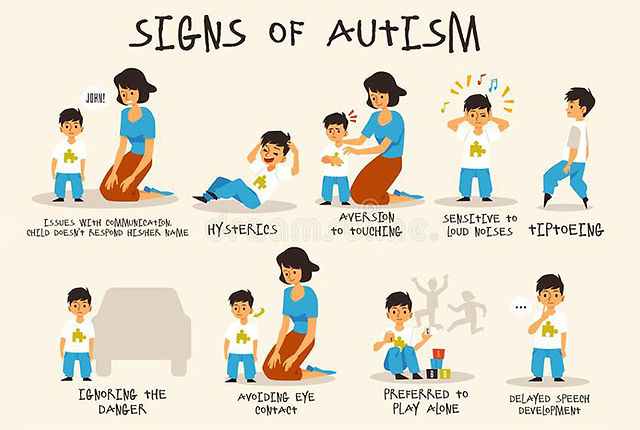
Charity is a fundamental aspect of humanity that transcends cultural, geographic, and socioeconomic boundaries 慈善機構. It involves the act of giving to those in need, fostering compassion, and creating a positive impact on society. In this comprehensive guide, we will delve into what charity is, how it works, and explore various ways individuals can contribute to meaningful causes.
What is Charity?
Charity, at its core, is a selfless act of giving resources, time, or support to individuals or organizations in need. It goes beyond financial donations and encompasses a wide range of contributions aimed at improving the well-being of others. Whether it’s helping the underprivileged, supporting medical research, or aiding disaster-stricken areas, charity reflects the innate goodness within individuals and communities.
How Does Charity Work?
Charity operates through a variety of channels, including nonprofit organizations, community initiatives, and individual efforts. Nonprofits play a pivotal role by channeling resources towards specific causes, managing projects, and ensuring accountability. Community initiatives involve local engagement and grassroots efforts, while individual acts of kindness contribute to the collective impact of charitable activities.
How to Get Involved in Charity:
Identify Your Passion:
The first step in getting involved in charity is identifying the causes that resonate with you. Whether it’s education, healthcare, environmental conservation, or humanitarian aid, choosing a cause you are passionate about will make your contribution more meaningful.
Research and Select Reputable Organizations:
Once you’ve identified your passion, research reputable organizations dedicated to that cause. Look for transparency, accountability, and a proven track record of making a positive impact.
Volunteer Your Time:
Charity extends beyond monetary donations. Volunteering your time and skills can be equally impactful. Many organizations welcome volunteers for various roles, allowing you to directly contribute to their mission.
Organize Fundraising Events:
If you have a knack for event planning, consider organizing fundraising events. From charity runs to bake sales, creative events can generate funds and awareness for your chosen cause.
How Can Charity Benefit You?
Personal Fulfillment:
Engaging in charitable activities provides a profound sense of personal fulfillment. Knowing that your efforts contribute to positive change can enhance your overall well-being.
Building Connections:
Charity often involves collaboration and teamwork. By participating in charitable activities, you can build meaningful connections with like-minded individuals who share your commitment to making a difference.
Creating a Positive Impact:
The impact of charity goes beyond the immediate recipients. It contributes to the overall betterment of society, fostering a culture of compassion and empathy.
What Are the Different Forms of Charity?
Charity takes various forms, addressing diverse needs and challenges. Some common types include:
Financial Donations:
Contributing money to nonprofit organizations is a direct way to support their initiatives and sustain their operations.
In-Kind Donations:
Donating goods or services, such as clothing, food, or professional expertise, is another valuable form of charity.
Advocacy and Awareness:
Raising awareness about social issues and advocating for change is crucial in addressing systemic challenges.
How Do Charities Ensure Accountability?
Reputable charities prioritize transparency and accountability to build trust with donors and stakeholders. They often undergo third-party audits, publish financial reports, and provide regular updates on their projects to demonstrate the effective use of resources.
Conclusion:
Charity is a powerful force that has the potential to transform lives and communities. Whether through financial contributions, volunteering, or raising awareness, individuals can play a significant role in addressing pressing social issues. By understanding what charity is, how it works, and exploring different ways to get involved, we can collectively create a more compassionate and equitable world.





